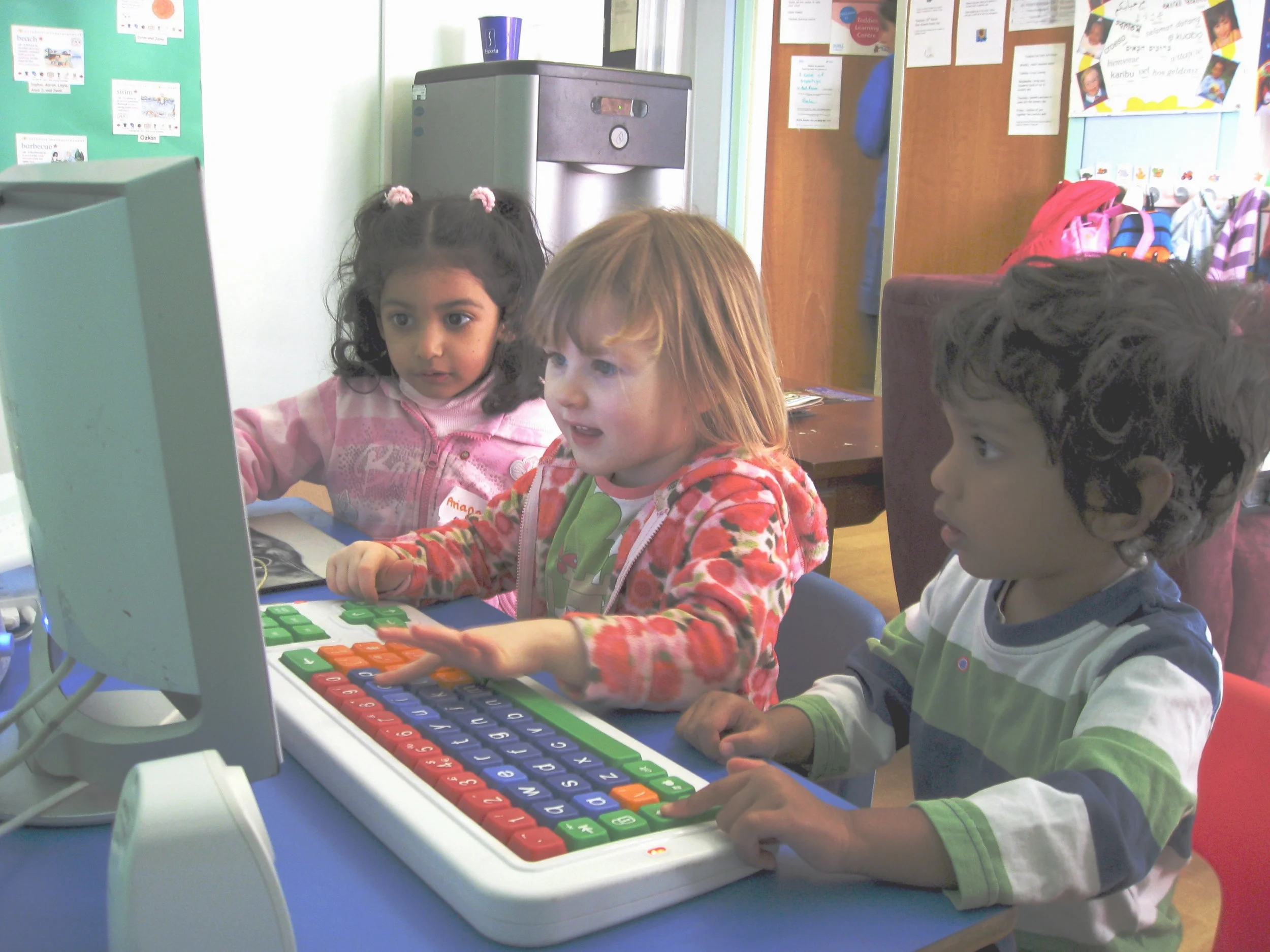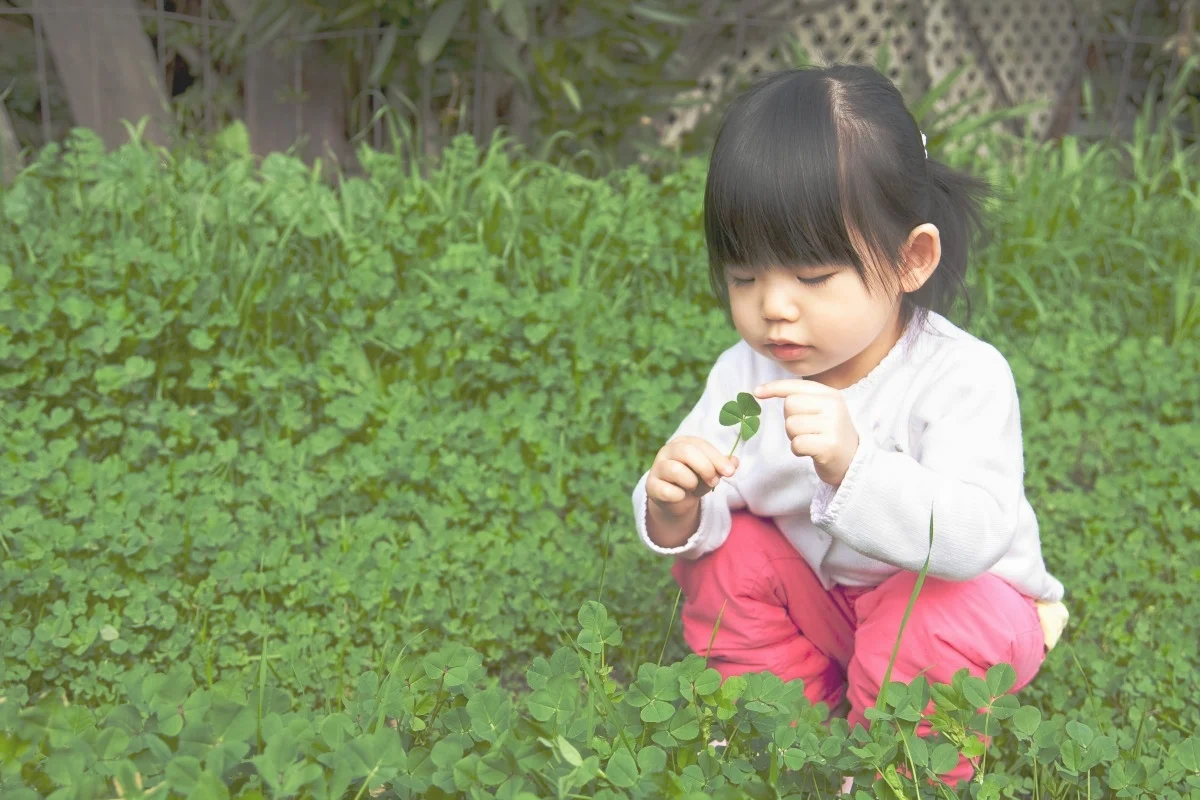By Angela Anderson, M.Ed.
How a school disciplines their students is just as crucial a part of the curriculum as the subjects being taught in the classroom. Let’s delve into the intricate landscape of school discipline, exploring various approaches and their implications. This report seeks to approach school discipline from diverse angles, shedding light on the current state of affairs, policy developments, and their impact on students. By synthesizing our findings, we aim to better understand the most effective strategies to enhance learning environments and reduce student misbehaviors.
Exclusionary Practices: Examining the Consequences
The effectiveness of exclusionary discipline is questioned due to its frequent use, patterns of repeated offenses, and disparities among different student groups. While intended to enhance school climate and safety by removing disruptive students, research suggests that high suspension rates correlate with decreased feelings of safety, greater teacher turnover, and no conclusive evidence of reduced school violence.
Educators emphasize the importance of maintaining instructional time, arguing that exclusionary practices put students at risk academically and of dropping out or facing incarceration, (Fergus, 2018). It remains uncertain how reintegrating students into school environments without adequate preparation benefits safety or student success. Harsh truancy sanctions are another form of exclusionary discipline. Despite declining truancy arrests, over 150,000 parents annually face fines and court costs. Additionally, thousands of truant students are placed in foster homes, group homes, or juvenile detention centers, often due to mere school absences. Probation violations further exacerbate the situation, leading to juvenile detention or alternative placements.
A 2020 survey by Mireles-Rios, Rios, & Reyes explored reasons for truancy among former high school students who were pushed out of school. The study identified factors such as mental health and trauma (70%), physical health (60%), negative school relationships (40%), standardized testing (30%), transportation challenges (20%), and fear of deportation (10%) as contributors to students missing school. This highlights the multifaceted nature of truancy and the need for comprehensive solutions. These practices face criticism due to their overuse, repeat offender patterns, and disparities among subgroups. While intended to improve school climate, evidence suggests that schools with higher suspension rates report less safety, greater teacher attrition, and turnover. Harsh truancy sanctions, though declining in arrests, still impact thousands of parents and students, leading to unintended consequences such as juvenile detention. The importance of balancing discipline and academic well-being becomes evident as exclusionary practices jeopardize instructional time and potentially contribute to the school-to-prison pipeline.
Behaviorism Approach: Rewards and Punishments
Behaviorism, characterized by rewards and punishments, forms the foundation of many school discipline systems. While widely used, this approach's impact varies. Behaviorism is a theoretical framework based on the belief that student behavior can be shaped and maintained through a system of rewards for desired actions and punishments for undesirable behaviors. In contemporary U.S. schools, behaviorism plays a significant role, evident in practices such as using rewards like pizza parties, incentives, and praise to motivate academic performance and acceptable conduct. Conversely, when students struggle academically or exhibit negative behaviors, schools often resort to punitive measures like time-outs, loss of privileges, detention, suspension, and even expulsion. This heavy reliance on predictable cause-and-effect consequences is termed "pop behaviorism," a practice criticized for its narrow focus and lack of flexibility, (Irby and Clough, 2014).
Many schoolwide disciplinary codes follow a behaviorist approach, exemplified by "no excuses" policies. These policies set high behavioral expectations and may result in detentions for minor rule violations or automatic suspensions for more serious offenses. While aiming to create a sense of fairness by uniformly holding all students to high standards, this approach can resemble exclusionary practices. Research into the impact of these policies indicates that schools employing high behavioral expectations experience more suspensions than traditional schools in the same districts, revealing potential drawbacks, (Steinberg, 2020).
Within the spectrum of behaviorism, Positive Behavioral Interventions and Supports (PBIS) takes a more comprehensive approach. PBIS operates within a "systems approach" that addresses the broader social culture of a school. This involves conducting functional behavioral assessments, identifying contexts that trigger behaviors, and teaching social, communication, and self-management skills as needed. By setting clear behavioral expectations, designing a range of consequences for rule violations, and emphasizing positive behavior reinforcement, PBIS aims to transform school culture. Experimental studies have shown that PBIS leads to fewer school suspensions and improved student perceptions of safety within the school environment, (Steinberg, 2020).
Relational Discipline: Prioritizing Relationships
A shift towards relational discipline emphasizes building relationships and promoting internal locus of control. This approach values self-awareness, social skills, and responsible decision-making. Relational discipline transcends the confines of pop behaviorism and strives to nurture an internal locus of control within students. This philosophy underscores the importance of healthy relationships across individuals, groups, and communities. Instead of relying solely on rules, the approach emphasizes mutual respect, individual responsibility, social justice, and self-awareness. While not discarding punishments, rewards, and incentives entirely, these aspects are devalued, and the focus shifts to teachers sharing power, promoting learning, and modeling justice and reciprocity.
In a 2014 study, Irby and Clough conducted focus groups with teachers from three middle schools and two high schools within a changing district that mirrored broader trends in suburban U.S. school systems. The teacher focus group participants underscored the importance of consistency in promoting desired behaviors, particularly in areas such as communication, surveillance, and enforcement. However, the authors of the study, pointed out that a rigid adherence to consistency can pose challenges for schools embracing relational discipline perspectives. They emphasized the potential downsides of unquestionably relying on consistency as a guiding principle for school discipline improvement.
Relational discipline approaches extend to restorative justice, which prioritizes peaceful and non-punitive methods to address misconduct and conflict in schools. Although rigorous evidence on the causal impact of restorative justice is limited, studies have consistently shown reductions in suspensions, expulsions, and violent student behavior with its implementation. This approach fosters amends without criminalizing students, aligning with the needs of both students and communities, while facilitating collaborative solutions.
The Response to Intervention (RTI) model is another targeted program that follows a relational discipline approach. A key goal of the approach is to tailor the intervention to the student: if a student does not appear to respond to a given approach, a more intensive intervention is applied. While one case study in 2007 suggests that office referrals decreased following implementation of RTI, and teachers rated student misbehavior to be less intense and less frequent, few rigorous evaluations of RTI have been conducted, (Peguero, Marchbanks, Varela, Eason, and Blake, 2018). Additionally, the Safe and Responsive Schools (SRS) project, aligned with relational principles, aims to enhance student behavior and safety. Employing preventive strategies like conflict resolution and establishing behavior-support classrooms, the project has shown promising results, with overall suspension reductions observed over several years, particularly for students with disabilities.
A Call for Better School Discipline
Striking a balance between strict and lenient punishment practices is vital. Fair, just, and balanced discipline practices could have positive behavioral and educational outcomes. Policies should work to align with both quality and efficiency levers, focusing on educational experiences and appropriate interventions. Relational approaches hold potential in fostering trust, rehabilitation, and individualized support for students. Fostering positive relationships between schools and the families of students they serve can significantly impact students' commitment to education.
Exclusionary practices and behaviorism approaches more often fall short in creating effective discipline systems, with the exception of PBIS which relies heavily on positive reinforcement. Overall though, the relational discipline model, which places relationships and rehabilitation at its core, emerges as a promising strategy. By dismantling exclusionary practices, promoting restorative justice, and involving students and families, schools can lay the groundwork for a more supportive and productive learning environment. It is through these nuanced approaches that a brighter future for school discipline may be realized.
References
Fergus, E. (2018). The Role of Policy in Promoting Efficient and Quality Discipline Reform. School Psychology Review , 47 (2), 199–202. https://doi.org/10.17105/spr-2018-0019.v47-2
Irby, D., & Clough, C. (2014). Consistency rules: a critical exploration of a universal principle of school discipline. Pedagogy, Culture & Society , 23 (2), 153–173. https://doi.org/10.1080/14681366.2014.932300
Mireles-Rios, R., Rios, V. M., & Reyes, A. (2020). Pushed Out for Missing School: The Role of Social Disparities and School Truancy in Dropping Out.Education Sciences , 10 (4), 108. https://doi.org/10.3390/educsci10040108
Peguero, A. A., Marchbanks, M. P. . “. T. r. e. y. ”., Varela, K. S., Eason, J. M., & Blake, J. (2018). Too Strict or Too Lenient?: Examining The Role of School Strictness With Educational and Juvenile Justice Outcomes. Sociological Spectrum , 38 (4), 223–242. https://doi.org/10.1080/02732173.2018.1478350
Steinberg, M. P. (2020, July 14). What Do We Know About School Discipline Reform? Education Next. https://www.educationnext.org/what-do-we-knowabout-school-discipline-reform-suspensions-expulsions/




















Over time, restorative justice evolved from a focus on responding to harm and conflict to a focus on building a healthy school culture. A restorative school culture recognizes that people and their relationships with each other form the cornerstone of both safety and learning. Advocates for this approach argue that by practicing restorative justice, educators can reduce the domino effect between suspension and incarceration (interrupting the school-to-prison pipeline), and foster a more inclusive school climate …